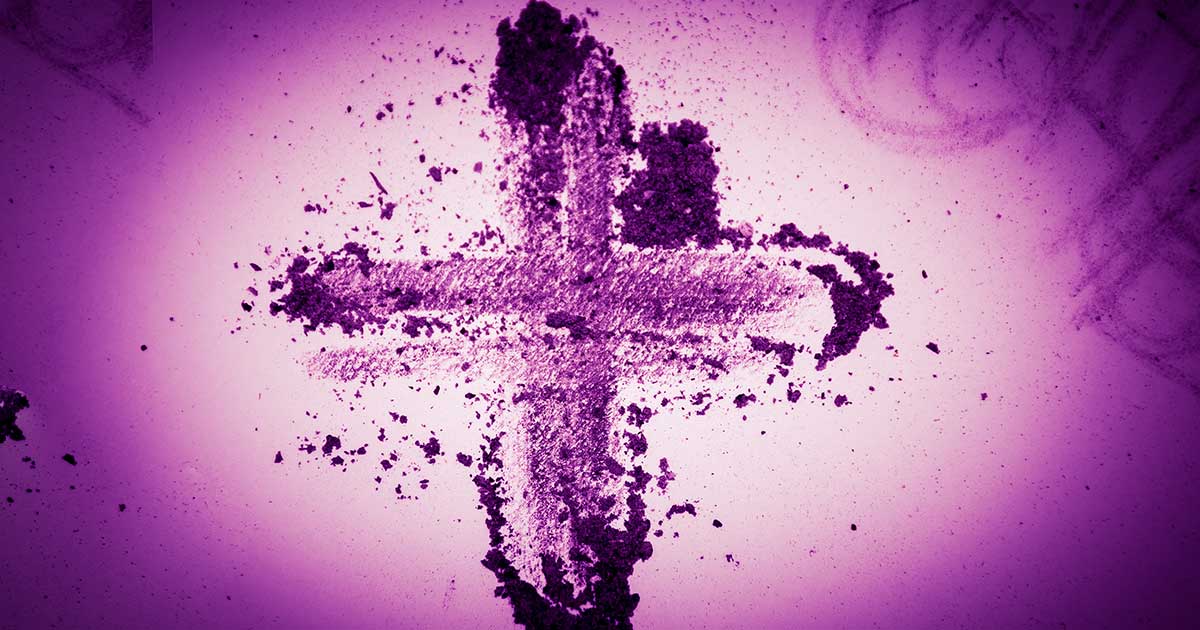



This practice of rubbing ashes during worship is called imposing of the ashes. The Bible records for us, God spoke to Adam after Adam committed the first sin, and God said,īecause this verse in Genesis 3 was used by God to talk about the first sin, it’s a reminder of all sin. The pastor or priest says the words, “Ashes to ashes, dust to dust.” or “From dust you are, to dust you shall return.” when the ashes are rubbed onto the forehead. The day has this name because of the practice of rubbing ashes on worshipers foreheads, typically in the sign of a cross, as a symbol of sin. Lent is also a time when Catholics are enjoined to do good works, fast and pray.ĭuring Ash Wednesday, the faithful have their foreheads marked with ashes (from the burnt palm fronds) as a sign of penance.What is Ash Wednesday? Ash Wednesday is the first day of Lent and is honored by the imposition of ashes on the forehead of worshippers. The ashes to be smeared on the crown signify our repentance from sin, which has marred the grace of Baptism," it futher read.ĬBCP-ECL said the formula for the imposition of ashes "Repent, and believe in the Gospel," or "Remember that you are dust, and to dust you shall return" is said only once "applying it to all in general."ĭue to the large number of people who will come to church for the imposition of ashes, the CBCP-ECL said, enough ministers and ashes as well as the compliance to health protocols must be ensured.Ĭatholics observe the start of the Lenten season on Ash Wednesday.

"In Baptism, we have been anointed on the crown of the head. "We have been reminded last year that this option is an opportunity to catechize our people on both the penitential and baptismal characters of the Lenten season," the CBCP-ECL recommendations for Ash Wednesday, Holy Week and Paschal Triduum observance read. But the Catholic Bishops' Conference of the Philippines Episcopal Commission on Liturgy said the sprinkling of ashes on the crown will remain an option.


 0 kommentar(er)
0 kommentar(er)
